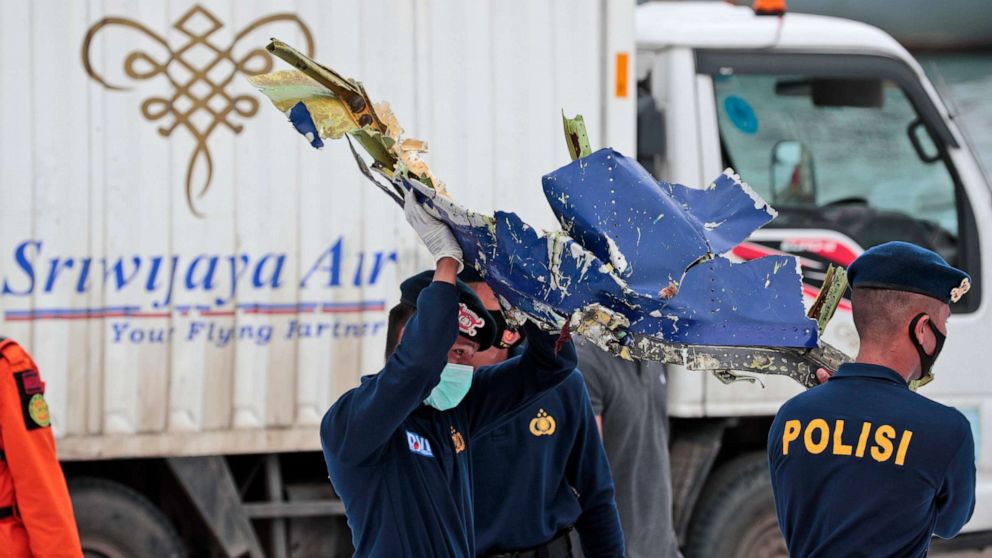Indonesian investigators suspect throttle problem in fatal crash of Sriwijaya Air Flight 182
LONDON and JAKARTA -- Indonesian investigators said Wednesday that a malfunctioning automatic throttle may have led to the fatal crash of a Sriwijaya Air passenger jet last month.
Indonesia's National Transportation Safety Committee released a preliminary report on the incident, which happened just minutes after the Boeing 737-500 took off from Soekarno-Hatta International Airport near Jakarta on the afternoon of Jan. 9. The aircraft nosedived into the waters of the Java Sea, killing all 56 passengers and six crew members on board.
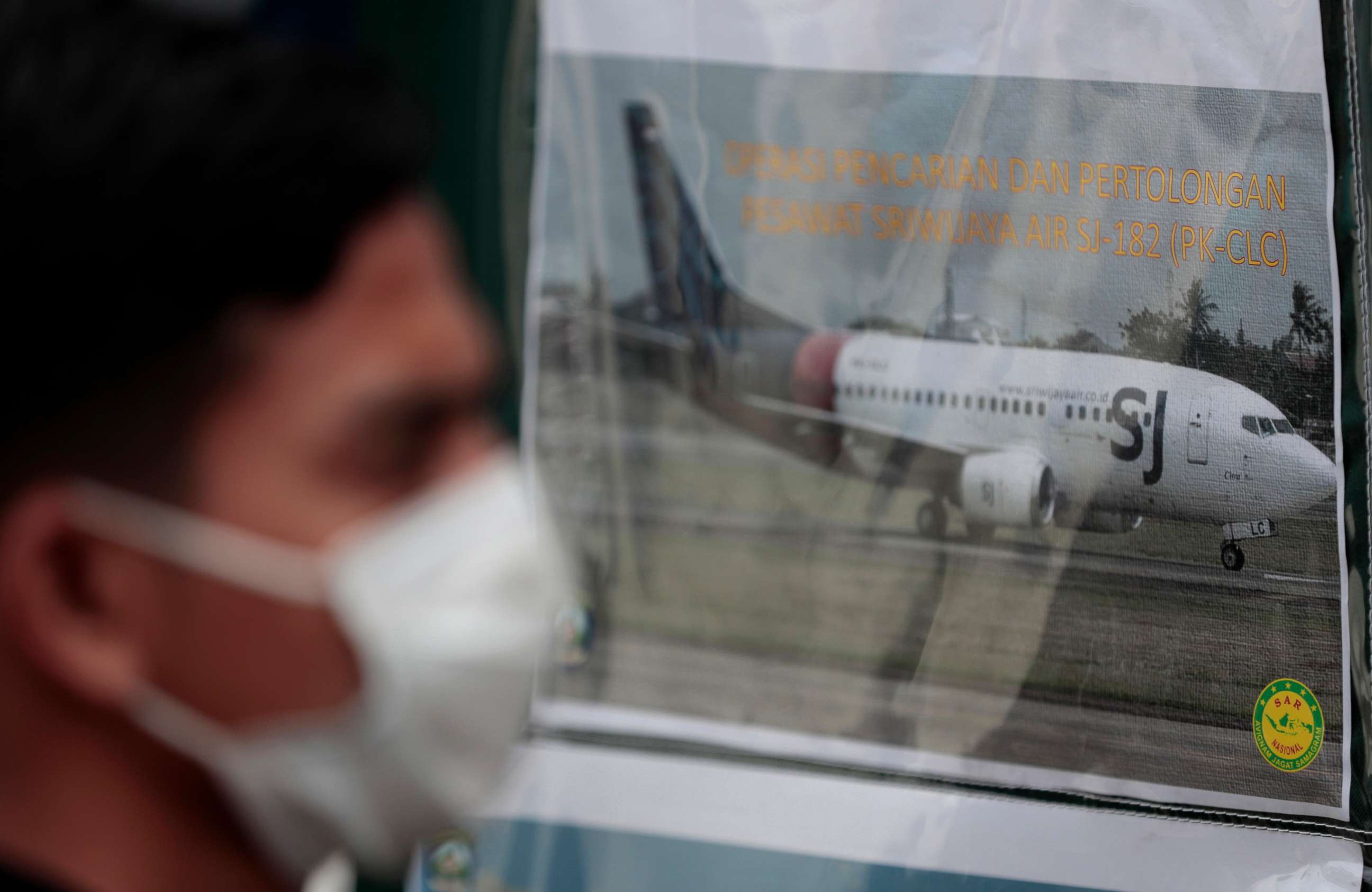
Indonesia's National Search and Rescue Agency combed through the wreckage of Sriwijaya Air Flight 182 and found the crash-survivable memory unit from the flight data recorder, according to the report.
The device recorded that, as the plane climbed past 8,150 feet, the left engine's throttle lever moved backward on its own while autopilot was engaged, reducing that engine's power output. The right engine's throttle remained in place, the report said.
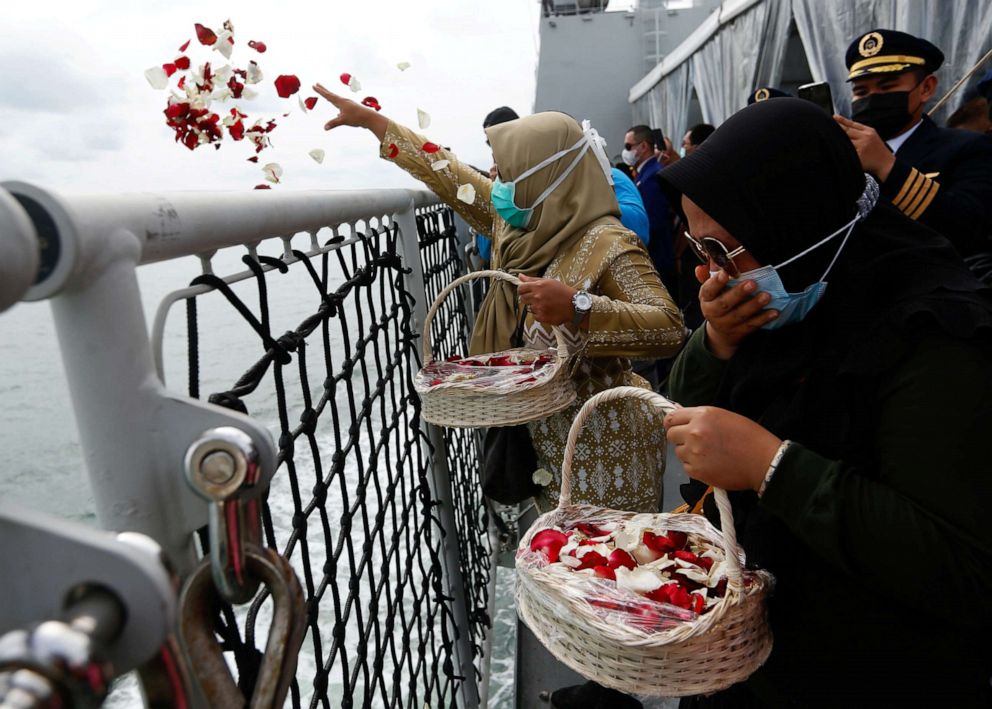
Air traffic control instructed the flight to stop ascending at 11,000 feet to avoid conflict with another aircraft. Air traffic control then instructed the flight to climb to 13,000 feet and one of the pilots responded at 2:39 p.m. local time. That was the last known recorded radio transmission from the plane, the report said.
The flight data recorder showed the jet turned to the left and began its descent after it had reached an altitude of 10,900 feet and the autopilot disengaged, according to the report.

The plane disappeared from the radar screen at 2:40 p.m. local time, four minutes after take-off, and air traffic control was unable to get in touch with the pilots, according to the report.
Investigators are still struggling to understand exactly why the jet plunged into the sea.
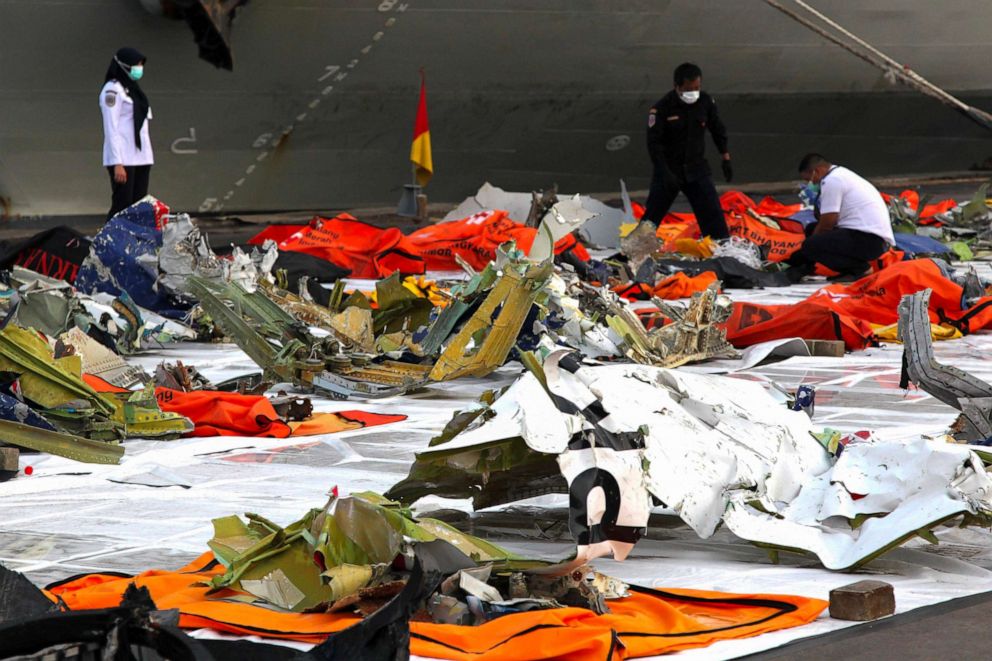
"At this time, we know that the left autothrottle moved backwards, but whether the left one was broken we do not know yet because both of them showed different attitudes or it means that both had an anomaly," Capt. Nurcahyo Utomo, head of air safety investigation at Indonesia's National Transportation Safety Committee, said at a press conference Wednesday. "The anomaly for the left one was that it went back too far, while the right one was completely motionless, like stuck. So we do not really know whether the left or the right one was damaged. This is what we have not been able to explain to date, whether there was an autothrottle damage."
"So what happened, we do not know," he added. "We cannot answer what the problem was."
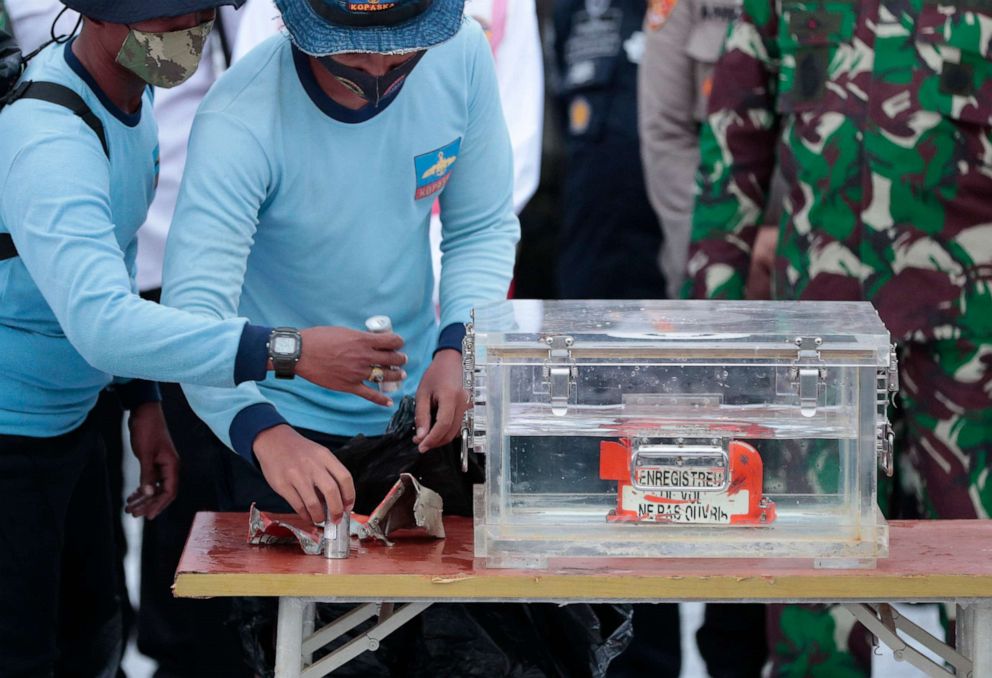
The report noted that the aircraft took off in daylight conditions and was not flying in an area with rain, significant clouds or turbulence, suggesting bad weather did not play a role in the crash.
The crash-survivable memory unit of the flight's cockpit voice recorder has not yet been recovered. The search was halted due to heavy rain and poor conditions, but divers resumed the effort Wednesday. Investigators suspect the memory unit is "submerged under mud" at the bottom of the relatively shallow Java Sea, according to Utomo.
"Hopefully when the cockpit voice recorder is found," he said, "we can get answers about what happened in the cockpit, how the discussions between pilots were and what they did."
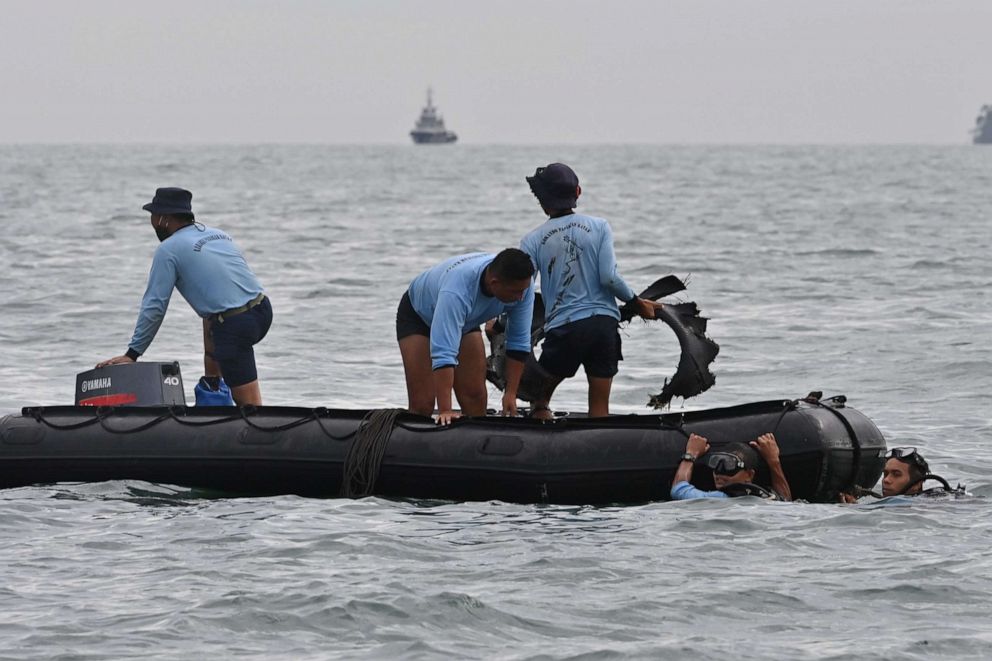
The report said that pilots of previous flights on the same 26-year-old jet had reported problems with the automatic throttle system.
The plane was grounded for several months last year amid flight cutbacks due to the coronavirus pandemic. It underwent inspections before resuming commercial flights in December 2020, according to the report.
